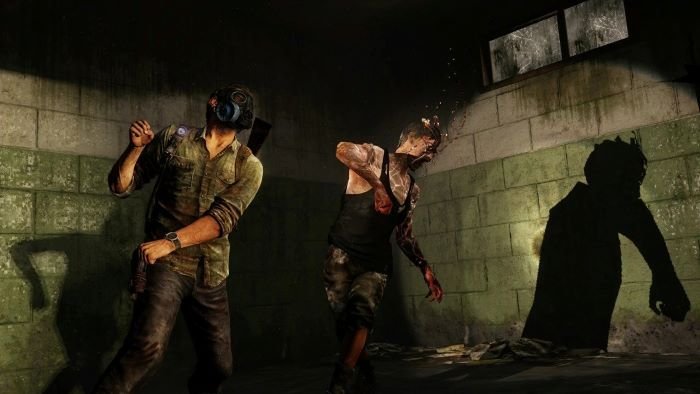The Various Stages Of The Infected In 'The Last Of Us'
Image Source: HBO Max
The Last of Us is the newest show on HBO Max based on the game of the same name by Naughty Dog. So far, it seems to be one of the best video game adaptations ever. There have been some changes, however. One of these changes is removing spores, and changing how the infected communicate with each other. The infected are essentially the zombies in the show, and once you get bit, it might not take long for someone to turn. Fans who have played the game understood the fear Joel felt reloading his bullets in Episode 2 while being stalked by a clicker. But how do the infected get like this? These are the stages for the infected after getting bitten in The Last of Us.
Stage 1- Runners
Image Source: Shacknews
This stage occurs a few hours or days after the victim is bitten. Their higher brain function is destroyed and their movements are now swift and clumsy. Similar to the classic movie zombies, they tend to attack in groups. They tend to look like they did before being bitten, but are much paler, and marked with fungal growth. In the game, they are the most common form of infection. We see this version of the infected throughout the first episode. First with Sarah and Joel’s neighbors, and then later when they are chased through a storefront.
RELATED:
Stage 2- Stalkers
Image Source: The Last of Us Wiki
It has been weeks or even months since they first got bitten. They are much more solitary and cunning than in the first stage. The infection has destroyed their ability to function as a human. At this stage, they tend to act alone, instead of in groups and will strike their victims in the dark or flank them. They have extensive fungal growth on their heads, and no longer look human. They use walls to their advantage by attaching themselves, allowing the fungus to spread, and then attacking unsuspecting victims when they walk by. While rare in the game, they could end up being a big threat in the show.
Stage 3- Clickers
Image Source: Comicbook.com
At this point, the person has been infected for over a year and has almost been completely given over to the fungus. The fungus has completely taken over their human heads and has rendered them eyeless. Their strength, however, is increased considerably. They move slowly in the game and rely on echolocation to hunt their victims. Their echolocation causes the clicking noise, hence the nickname “clickers.” They are extremely hard to kill, but Ellie’s switchblade proved to be effective against them.
Stage 4- Bloaters And Shamblers
Image Source: Twinfinite
If the victim lasts for a few years, they can evolve into one of the two final stages: a bloater or a shambler. At this point, the fungus has completely taken over the body, has created plates of protective armor, and can expel clouds of spores to infect their victims. Their heads tend to be much larger than in previous stages and no longer contain any human features. Bloaters tend to be stronger than Shamblers and can be found in drier environments whereas Shamblers are found near water, and are able to spread acidic spore clouds. Both are slow-moving, and are vulnerable to fire, so weapons like flamethrowers and molotovs work well against them. They also use echolocation to target their prey.
As the first season of The Last of Us continues, you can bet that we are going to see more of these terrifying creatures. I have a feeling we are going to be seeing a lot of these creatures in the show, and even though I am familiar with the game, I can’t wait to see how the show continues.
New episodes of The Last of Us drop every Sunday night on HBO Max.
READ NEXT:
Source(s): CBR

















